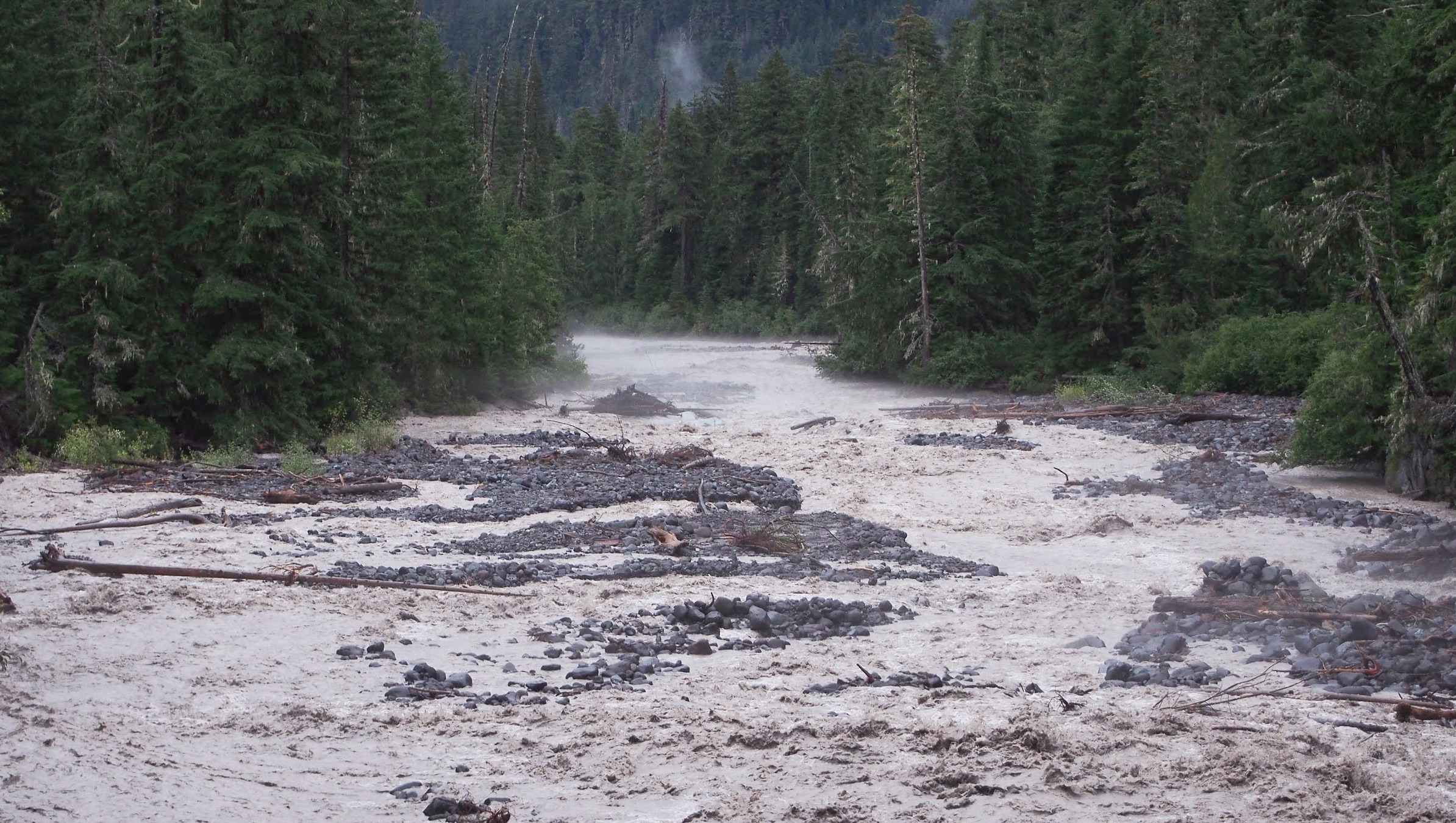Long-term studies which measure changes in species distributions with climate change have revealed a surprising diversity of responses. Although a majority of species distributions are tracking climates shifting upslope and higher in latitude, the ranges of many species have failed to closely track climate, and range limits of some species have moved downhill or south, counter to the expected direction. The dominant factors driving these “counter-gradient” range shifts are unclear, but many have suggested that they reflect the imprint of ecological interactions, novel physiological responses, or past biogeographical events in defining contemporary range limits. Here we suggest that climate’s influence on disturbance regimes and metapopulation dynamics — broad scale patterns of colonization and persistence across networks of habitat patches — play an under-appreciated role in determining the response of species ranges to climate change, and may explain some of the diversity of climate-driven range-shifts observed in nature.
To make this case, we marshaled evidence from a field study of two ecologically similar riparian plant species (common yellow monkeyflower, Erythranthe guttata, and mountain monkeyflower, E. caespitosa) in Mt. Rainier National Park, WA, USA. We combined detailed demographic data collected from individuals growing in experimental populations across the range limits of both species with four years of comprehensive census data from wild populations. We then used this data to parameterize a spatial population model that incorporates the effects of climate and other habitat attributes on local demographic performance, as well as on colonization and local extinction processes. Simulating range dynamics at Mt. Rainier under a variety of climate change and disturbance scenarios, we found that both the magnitude and direction of predicted elevation range shifts differed dramatically between species and were extremely sensitive to changes in the disturbance regime. Increases in flood disturbance, predicted in the region by the late 21st century, caused the upper range limit of E. guttata, the low-elevation species, to move up in elevation twice as far as in a scenario assuming no change to the disturbance regime. Under current levels of flood disturbance, or if disturbance becomes less frequent, models projected downhill shifts in the low-elevation limit of E. caespitosa in scenarios assuming considerable warming. Overall, simulated range shifts were considerably more sensitive to climate impacts on colonization and disturbance processes than impacts on local demography for both species, indicating that neglecting these important processes might lead to misleading predictions about range shifts in response to changes in climate. Our results highlight the importance of interactions between climate, local demography, disturbance, and colonization processes in determining the response of species ranges to environmental change. We suspect that these interactions are important in many systems where populations are patchy near range limits, and that understanding their role will bolster efforts to forecast the impacts of climate change on species distributions.
